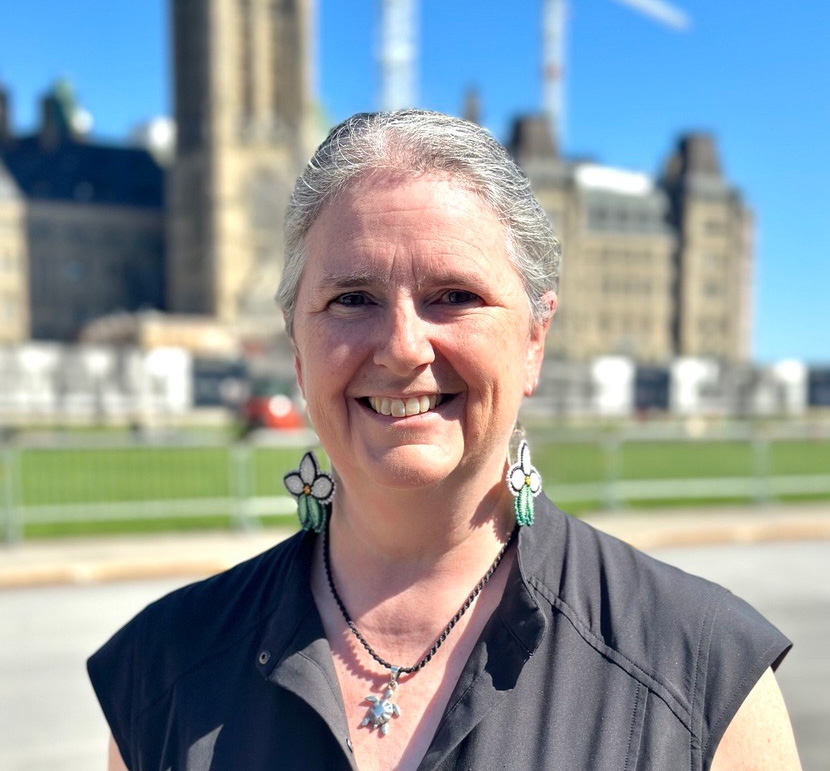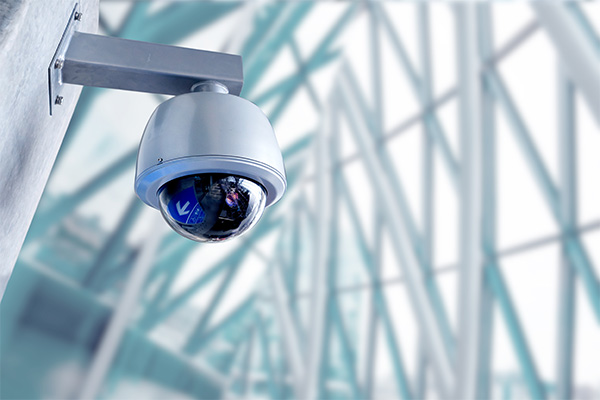Highlights from the Hill
As part of the implementation of its strategic plan, the House of Commons Administration has continued its efforts by implementing several initiatives.
Increasing administrative effectiveness
The House Administration plays a key role in supporting the work of the House of Commons and Members of Parliament. It makes sure that the daily operations of the House run smoothly, and that Members have what they need to represent their constituents, debate laws, and carry out their other parliamentary duties.
The House Administration is committed to improving its services and to finding ways of working more efficiently. It audits the performance of key functions and reviews its structure and governance as well as internal processes. This is done on a regular basis to ensure sustainable, efficient and high-quality service delivery.
These activities help the House Administration fulfill its mission to innovate so it can anticipate and respond to the needs of the House and its Members in support of parliamentary democracy.

“The Administration at its core is an enabler to the functioning of Parliament. Creating an environment of agile review and continuous improvement positions the organization to adapt and evolve in a deliberate, accountable manner. Our commitment to this approach allows us to effectively enable Parliament while demonstrating integrity and sound stewardship.”— Jennifer Ruff, Chief Audit Executive, Audit and Improvement
Supporting the representation of all Canadians
Under the Constitution Act, 1867, the number of Members of Parliament in the House of Commons and the distribution of seats to the provinces need to be reviewed after every 10-year census. This means that the voting boundaries of each province can be adjusted and other federal electoral districts (also called ridings or constituencies) can be created. This is to reflect population changes and movements and is known as an electoral boundary redistribution.
A redistribution helps to maintain fair representation for all Canadians as it makes sure that each riding has about the same number of voters.
The review after the 2021 census led to a redistribution. So, the total number of seats in the House of Commons increased from 338 to 343 at the 2025 general election. Alberta gained three new seats, while British Columbia and Ontario each gained one extra seat. The boundaries of 290 ridings have also been adjusted, resulting in the renaming of some ridings.
The House Administration is well prepared for these changes, having ensured that the current seating plan in the Chamber can welcome the five new Members. Physical space has also been reserved for their offices. All other necessary resources are in place to support them in carrying out their parliamentary duties both on the Hill and in their constituencies.
The House Administration is ready to support Members with the transition. This includes helping them with office moves and the relocation of assets and resources to keep disruptions to their parliamentary and constituency operations to a minimum.

Preparing for the future
As more and more tools use generative artificial intelligence (GenAI), the House Administration is taking steps to make sure that its employees use these tools safely and effectively. A working group was set up in April 2024 to develop clear guidelines and a long-term plan for the use of GenAI at the House Administration.
The working group published GenAI usage guidelines in June 2024, set up guardrails to support these guidelines, and reviewed existing policies to address GenAI’s impact on them.
The House Administration also gave a seminar in October 2024, attended by over 600 employees, to discuss real-world uses of GenAI and responsible practices. The working group is now developing tools to assist Members and their staff in using GenAI.
To keep up with technological upgrades and new features, the House Administration has moved to a cloud-based solution for its computer systems, increasing security. This move allows employees to use the tools from wherever they work. It also improves online financial and human resources processes and reduces maintenance.
Strengthening security and building digital resilience
The House of Commons is committed to the safety of Members, Members’ employees, House Administration employees, and visitors. To support this, new security measures have been put in place. These include more support for events outside the main parliamentary area and improved safety for Members and their families.
Like other organizations, the House faces new risks and is always working to protect the parliamentary community. Current efforts include strengthening technical protections, improving risk management, and providing new tools, ongoing training and better awareness programs. The House’s policies are also updated to improve the coordination and secure use of House resources, especially for Members travelling with devices.
These efforts are an example of the House’s commitment to addressing new challenges, maintaining operations, and creating a safe and productive environment for parliamentary work.
